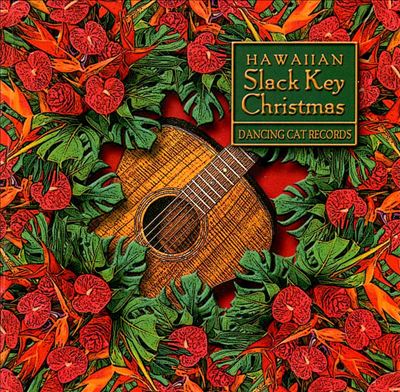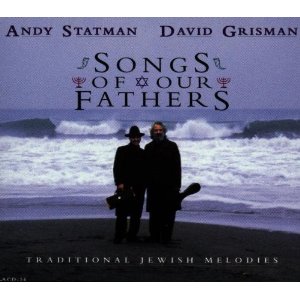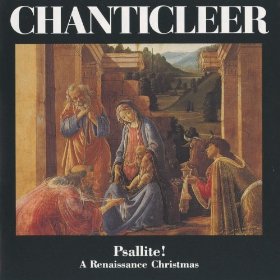Are There More Than Ever?
General mountain dulcimer or music discussions
I would like to reiterate a point Robin makes above. Although nowadays, software such as Tabledit allows very elaborate tablature indicating all sorts of nuances of playing, most tab that people have used has been very simple. That simple tab assumes that you already know what the song sounds like. In the case Folkfan raises--3453, 3453, 567, 567--which is Frre Jacques on an A string, one has to know that the 7 note is played for twice as long as the other notes. One also has to know that the accents fall on the first and third beats of the measure rather than the second and fourth. You don't even have to know what a measure is, but to play that song based on that tab, you have to know what it is supposed to sound like.
The point is that even if you think you are playing by tab rather than by ear, you are relying on your ear a lot.
My second point is that we all learn differently. It may be, as Folkfan says, that "With the use of tab . . . a person can quickly join in and get a sense of satisfaction from being able to play." But not all people can do that. I cannot look at tablature and play a song. I can replicate the notes on the page, but I cannot get it to sound like a song unless I have an idea of what the song sounds like. However, if someone plays a simple song slowly in front of me, I will be able to pick it up by the third verse or so. Let's not generalize about how easy it is to play from tab. Some of us cannot do it at all.
But the really odd (to an outsider) use of tablature in the dulcimer community is not for learning songs; it is the utter reliance on tablature in order to play at all. Once you have learned a song, you should be able to dispense with the tab. Maybe you need a quick glance to refresh your memory, but I have to believe that you are stifling your own musical expression if your attention is focused on the tablature in front of you rather than on the instrument on your lap. When you play you have to feel the music enough to know when you might play some notes staccato or linger on a whole note a bit longer or play the chorus with some extra drama. I'm not talking about improvisation here, but merely the small nuances of playing that give any song its character. I assume no one wants to sound like those midi files when they play a song. You need to free yourself from tab in order to put your own unique touch into a song.
It may be, as Robin suggests, that we need to do a better job teaching people how to play by muscle memory. Part of that is learning about how songs are put together. It is a lot easier to learn a song if you pay attention to the fact that there are four melody lines of four measures each, that the second and fourth are identical, and that the first and third only vary in two measures, and so forth. Learning to see that kind of structure when you first listen to a song or look at tablature is the first step in knowing a song without the tab. Most of the music we play is pretty formulaic, and understanding some of those formulas (formulae?) can help in the process of freeing oneself from an over-reliance on tab.







